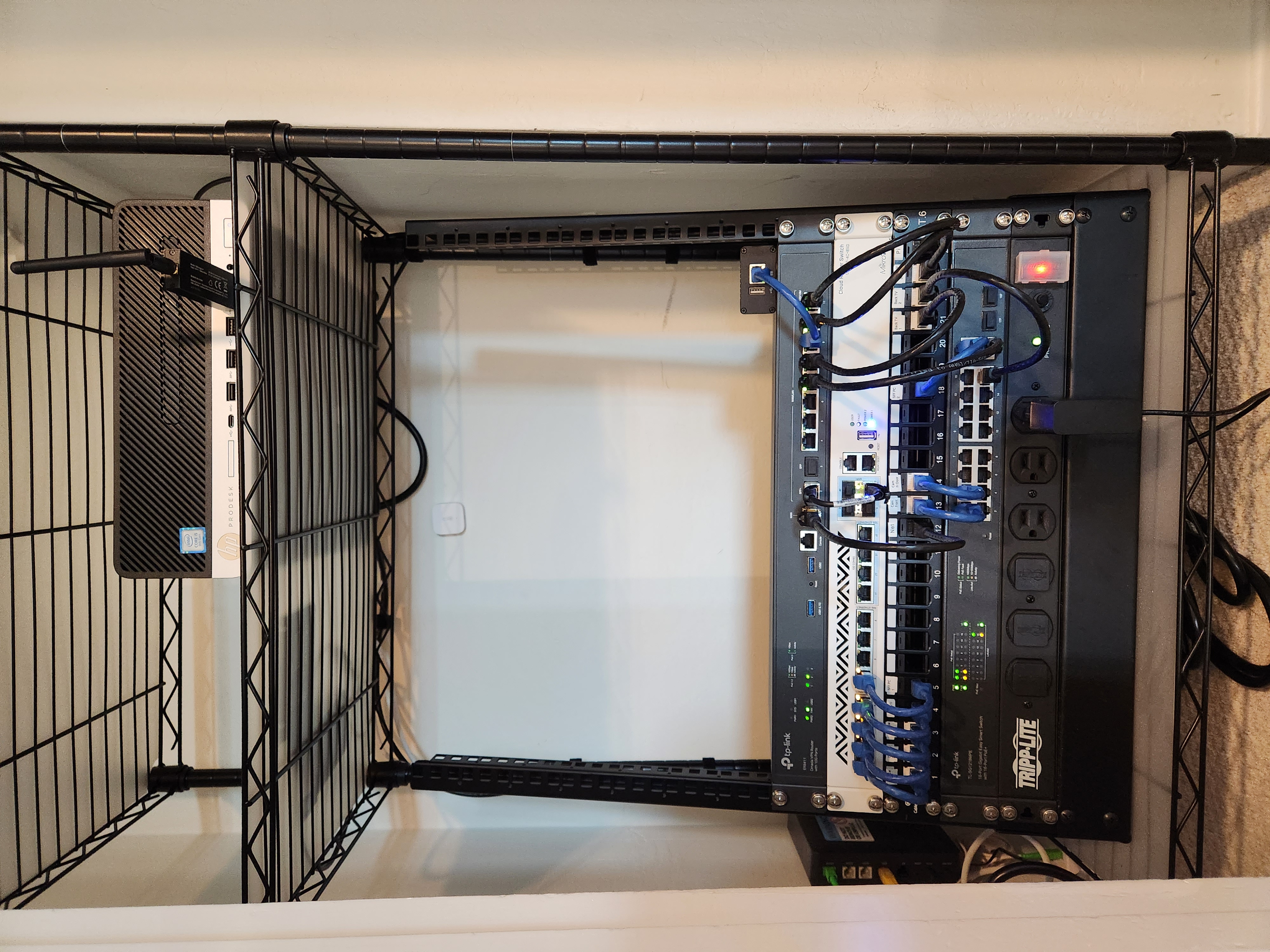As a buyer, I do this to annoy scalpers. Keep sending them offers far below what they're asking. The more time they spend dealing with me, the less time they can spend scamming people.
dan
Does Thread support pairing two or more devices so they can control each other directly without going through the coordinator? I do that a bit with my Zigbee network.
You can flash the SLZB-06 to use Matter over Thread too. I like those because they use Ethernet and can be powered via PoE, so you can put them practically anywhere you can reach using an Ethernet cable.
Do you mean Matter vs Zigbee? Matter and MQTT are totally separate things.
Working ones are getting harder to find (and thus more expensive) and are impractical for a lot of people.
At least CRT shaders have come a long way (in particular, RetroCrisis has some fantastic ones for RetroArch: https://github.com/RetroCrisis/Retro-Crisis-GDV-NTSC) so we can at least make retro games look more CRT-like.
We had AOL in Australia for some reason, but my family could never use the trials because they required a credit or debit card. In the 90s and early 2000s, a lot of Aussie families had "bank cards" which worked at ATMs and in shops but not online. They used an Australian payment network (EFTPOS) rather than Visa or Mastercard.
In Australia today, debit cards are dual network - EFTPOS for local usage, and Visa or Mastercard for online and international usage.
Depends on region. In Australia, local calls (within the same state) were a flat $0.20 or $0.25, while interstate and mobile calls were billed by the minute.
I've heard that some Americans were billed for incoming calls too?? Crazy.
The mentioned products have had major releases recently. Has anything major happened with Proxmox recently?
I like this feature because sometimes apps have weird names and I can't remember what they're called a day or two later.
Their bosses booked the team into the Motel Mo.om in the Italian city of Milan but had confused it with the nearby Mo.om Hotel.
I'm surprised that two hotels in the same area are allowed to have essentially the same name.
I'm confused as to why T-Mobile is on that list but neither AT&T nor Verizon are.



List it on a Buy Nothing group in your area? I give away a lot of stuff that way.